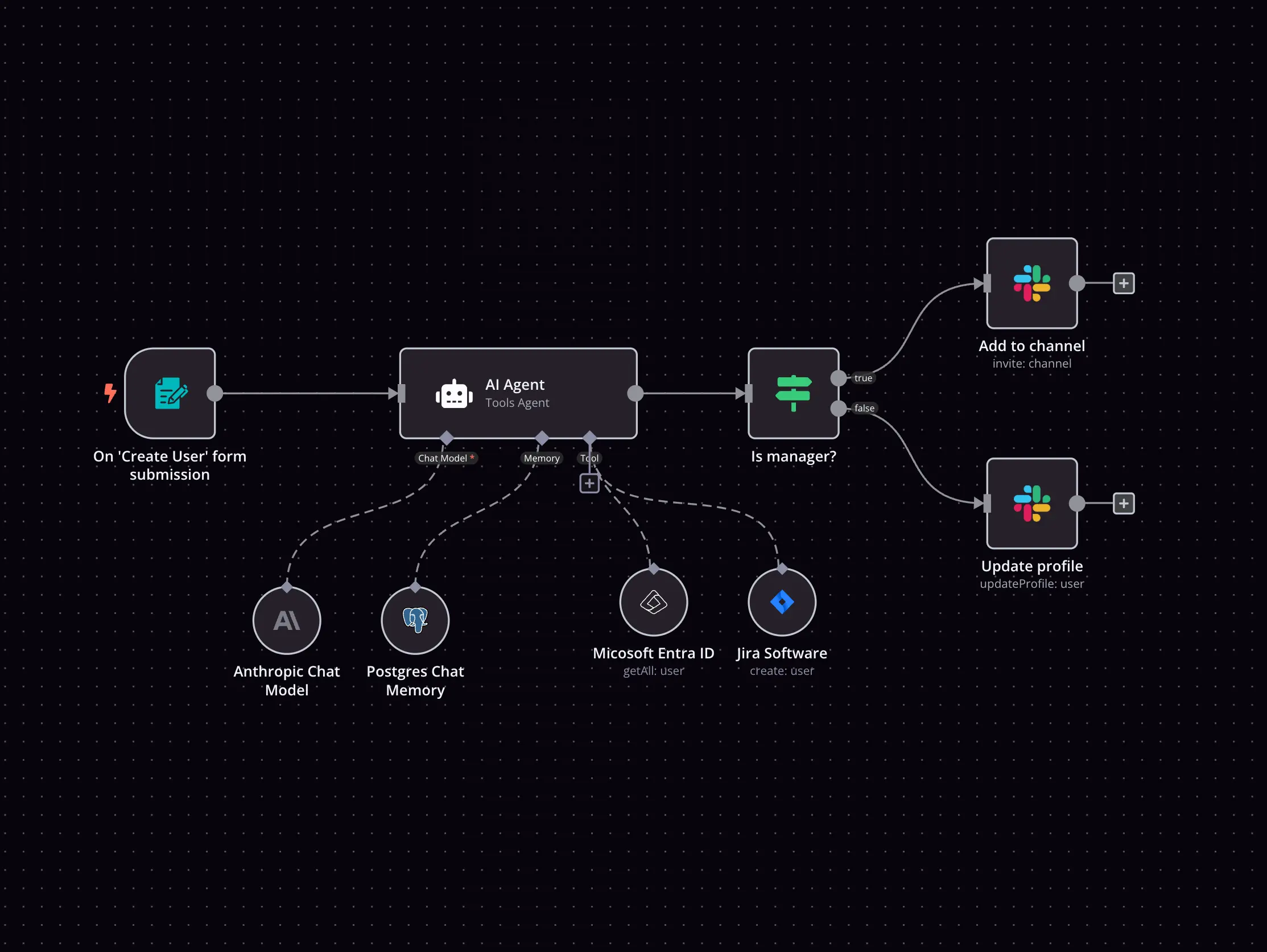Google BigQuery and ISN integration
Save yourself the work of writing custom integrations for Google BigQuery and ISN and use n8n instead. Build adaptable and scalable Data & Storage, Development, workflows that work with your technology stack. All within a building experience you will love.

How to connect Google BigQuery and ISN
Create a new workflow and add the first step
In n8n, click the "Add workflow" button in the Workflows tab to create a new workflow. Add the starting point – a trigger on when your workflow should run: an app event, a schedule, a webhook call, another workflow, an AI chat, or a manual trigger. Sometimes, the HTTP Request node might already serve as your starting point.
Build your own Google BigQuery and ISN integration
Create custom Google BigQuery and ISN workflows by choosing triggers and actions. Nodes come with global operations and settings, as well as app-specific parameters that can be configured. You can also use the HTTP Request node to query data from any app or service with a REST API.
Google BigQuery supported actions
Execute Query
Execute a SQL query
Insert
Insert rows in a table
Supported methods for ISN
Delete
Get
Head
Options
Patch
Post
Put
To set up ISN integration, add the HTTP Request node to your workflow canvas and authenticate it using a generic authentication method. The HTTP Request node makes custom API calls to ISN to query the data you need using the API endpoint URLs you provide.
See the example hereRequires additional credentials set up
Use n8n's HTTP Request node with a predefined or generic credential type to make custom API calls.
Google BigQuery and ISN integration details
FAQ
Can Google BigQuery connect with ISN?
Can I use Google BigQuery’s API with n8n?
Can I use ISN’s API with n8n?
Is n8n secure for integrating Google BigQuery and ISN?
How to get started with Google BigQuery and ISN integration in n8n.io?
Looking to integrate Google BigQuery and ISN in your company?
The world's most popular workflow automation platform for technical teams including
Why use n8n to integrate Google BigQuery with ISN
Build complex workflows, really fast


